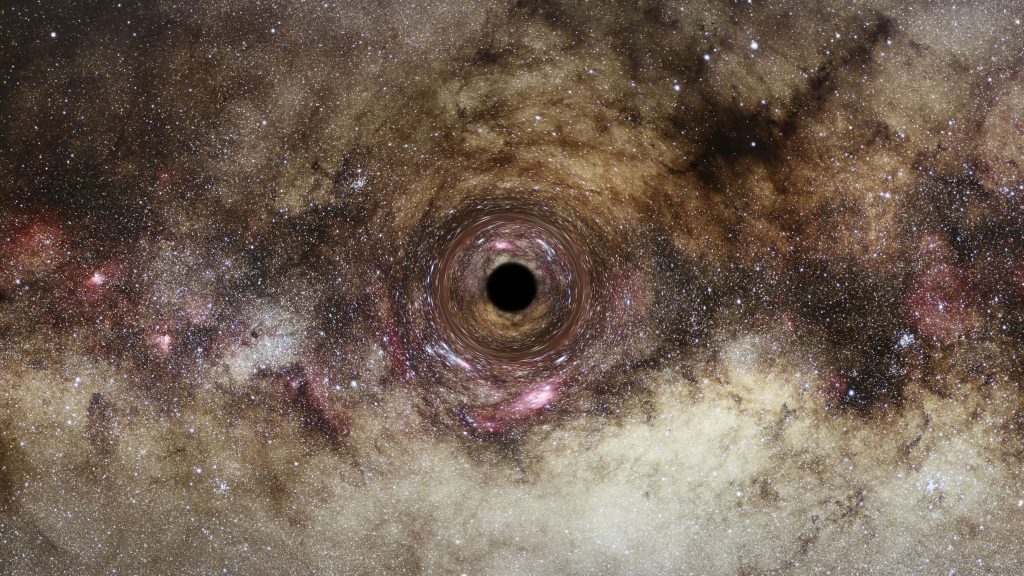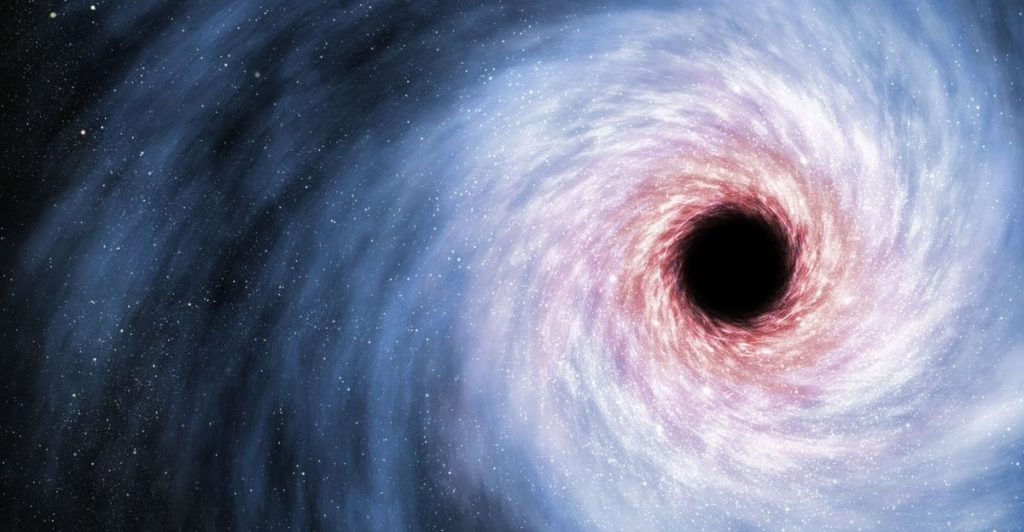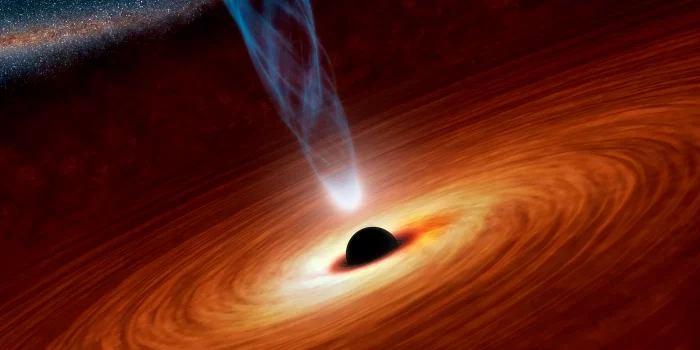A team of UK-based astronomers has made a groundbreaking discovery that could help us understand the mysteries of the universe. Using gravitational lensing, they have located an ultramassive black hole that is 33 billion times the mass of the Sun. Positioned in the center of the gigantic elliptical galaxy Abell 1201 BCG, in the galaxy cluster Abell 1201, the black hole is some 2.7 billion light-years away from Earth.

Gravitational lensing, which involves using a foreground galaxy to bend light from a distant object and magnify it, allowed scientists to measure the black hole with remarkable accuracy. This is the first black hole to be found using this technique, but gravitational lensing has been used before to explore space from Earth.
The discovery is significant because it offers the possibility of studying inactive black holes, which is not currently possible in distant galaxies. Most of the biggest black holes that we know about are in an active state, where matter pulled in close to the black hole heats up and releases energy in the form of light, X-rays, and other radiation.
“This particular black hole, which is roughly 30 billion times the mass of our Sun, is one of the biggest ever detected and on the upper limit of how large we believe black holes can theoretically become, so it is an extremely exciting discovery,” said lead author James Nightingale, from the Centre for Extragalactic Astronomy at Durham University.

The discovery was made possible thanks to DiRAC COSMA8 supercomputing, which allowed the team to create hundreds and thousands of simulations of light traveling through the universe and to match one model to a real path captured by NASA’s Hubble Space Telescope. The findings are the culmination of nearly 20 years of work, dating back to 2004 when Durham University astronomer Alastair Edge spotted the enormous arc of a gravitational lens while reviewing galaxy images.
In conclusion, this discovery is a significant step forward in our understanding of black holes and the space around them. It opens up the possibility of studying inactive black holes, which is not currently possible in distant galaxies, and could offer us new insights into the mysteries of the universe.


